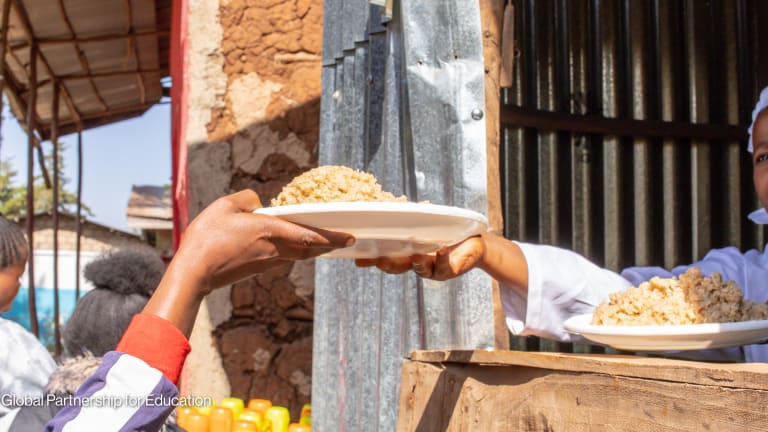For several years, there has been an active international community of scholars and activists promoting a benchmark for paying a decent living income to smallholder farmers and workers in low-income countries. While agreement has been reached on a common measurement approach, far less progress is made in defining operational strategies to close the living income gap.
There are different reasons why smallholder farmers cannot reach living income benchmarks. This is often attributed to resource constraints — particularly of land and capital — and limited access to knowledge and information, unequal market conditions, and failures in governance regimes that limit opportunities to improve value chain efficiency or that constrain land and labor productivity.
Living income gaps not only affect prospects for reaching sustainable and inclusive livelihoods, they are also considered to be responsible for other socioeconomic barriers that affect food and livelihood insecurity and human rights in supply chains.









